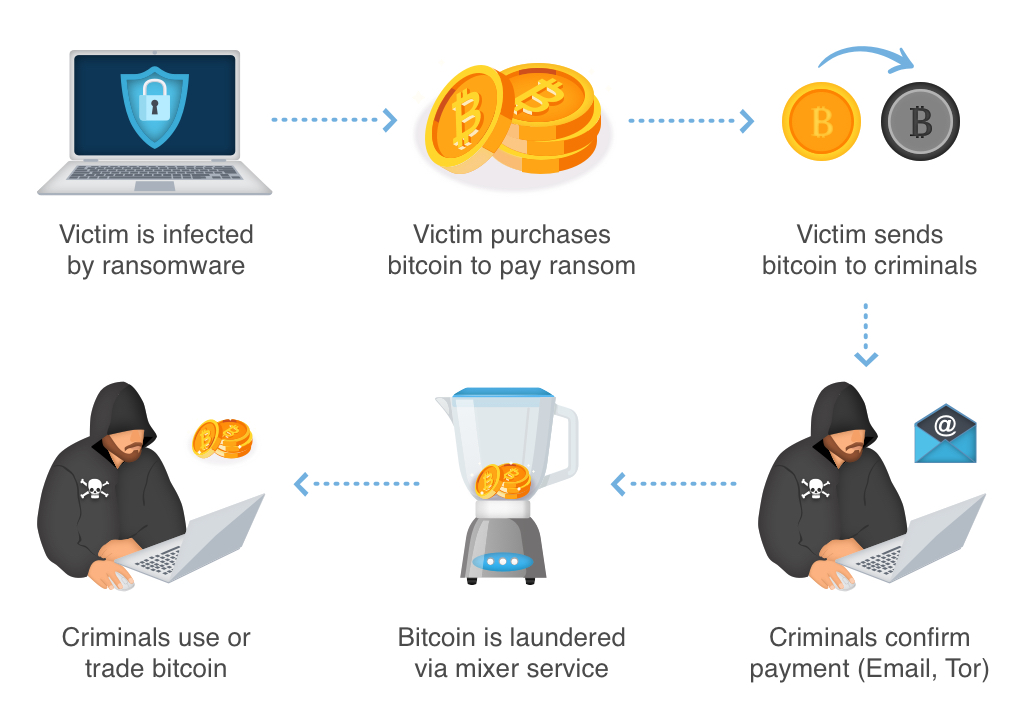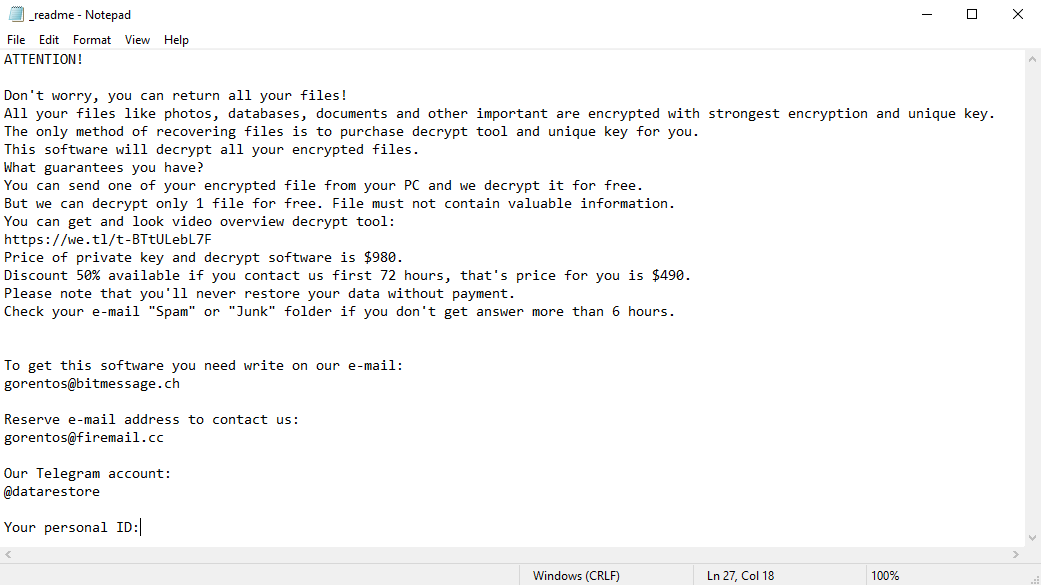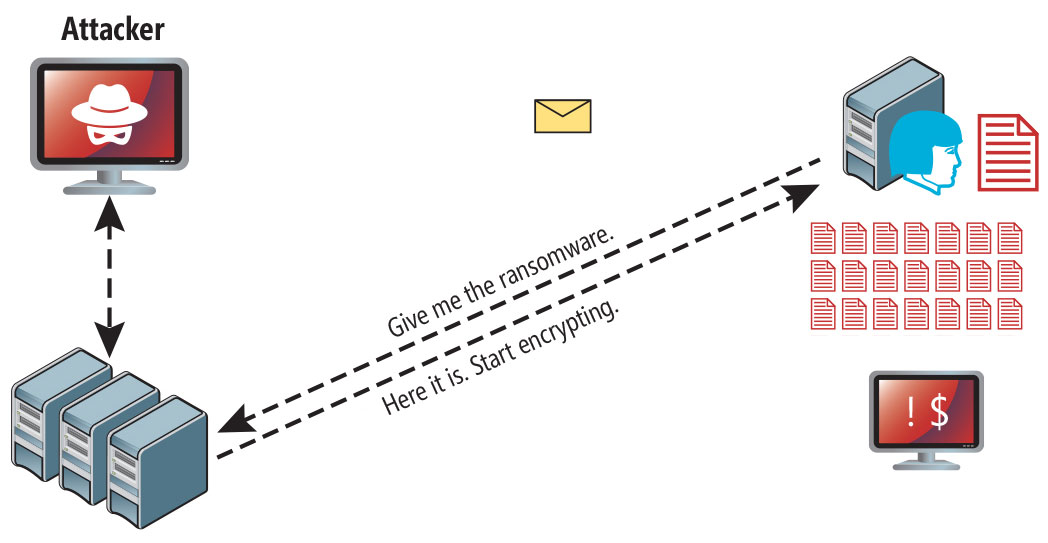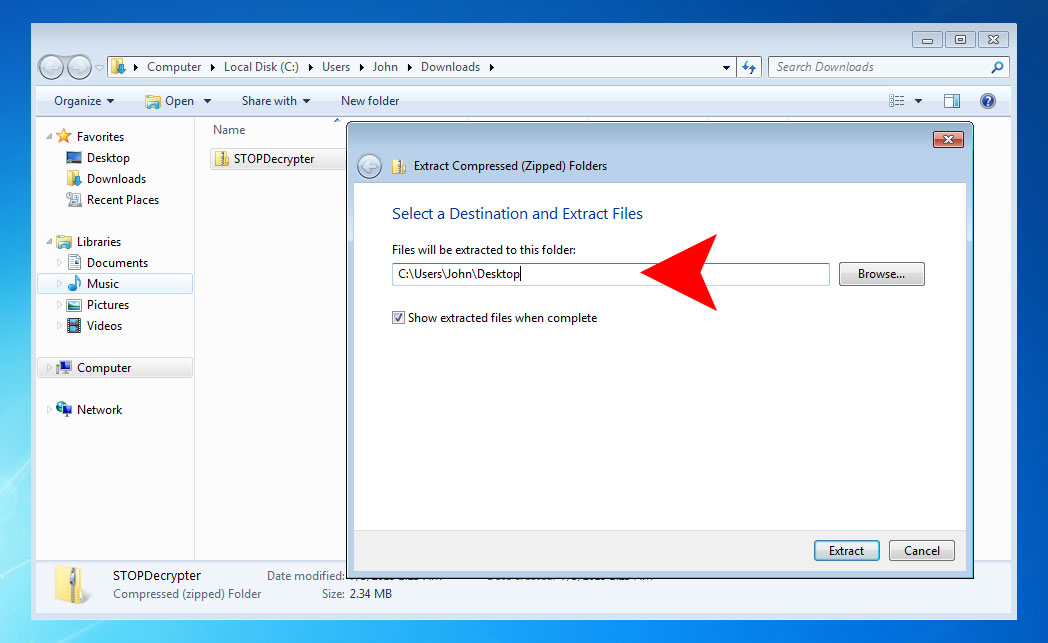Tocue is a new name in the family of ransomware-type infections. The virus currently attacks computes and encrypts your files. The files encoded by it can be tracked by .tocue extension. Thus, you no longer can open them.
This guide specifically aims to help you remove Tocue ransomware without the need to initiate any payment for the removal infection. As additionally I will assist you in restoring your “.tocue” files.
How damaging is Tocue ransomware?
Tocue can be correctly summarized as a common ransomware.
Tocue belongs to the Djvu ransomware family. Its activity is basically similar to other representatives of the same family: Gusau, Madek, Gehad. It modifies all common file types though encrypting them. Hence, users cannot open the files as soon as they are encrypted. Tocue adds its particular “.tocue” extension into all file modified by it. For example, the file “report.doc”, once ciphered by Tocue, will be changed into “report.doc.tocue”. As soon as the encryption is successfully accomplished, Tocue creates a specific document (for instance, “_readme.txt”) and adds it into all folders that contain the encrypted data.
The text file generated by Tocue asking for the payment is basically similar to other notifications mentioned by the ransomware belonging to the Djvu family. The summary of the alert is that all the files are encrypted and that the only solution to restore them is to use a unique decryption key.
The cryptography mechanism applied by Tocue is not completely researched. However, it is definitely true that PC owners whose files got encrypted may be given a specific decryption key, which is totally and there are no other copies of it that would work solely on your device. The sad reality is that it is impossible to recover the information without the unique key available.
Once Tocue is performing its malicious activity it is impossible for users to gain access to the key, which is stored on a distant server owned by the criminals who promote the Tocue ransomware.
The crooks mention that for receiving the key and restoring the amended data, the payment should be implemented in their favor that amounts to $980. To obtain the payment details the victims are encouraged by the message to contact the frauds by writing an email, or via Telegram.
The alert also indicates that the computer owners must get in touch with the Tocue representatives during 72 hours starting from the moment of data modification. The notice mentions that on the condition of getting in touch within 72 hours users will be granted a 50% rebate, thus the ransom amount will be minimized down to $490). However, no matter what the demanded amount is, stay away from paying the ransom!
Is it a good idea to pay the Tocue ransom?
If you think that paying the requested ransom is the only way-out, I should mention a few thoughts regarding this decision. The criminals who stands behind the Ransomware surely wants you to think that there is definitely no other option to recover the information.
Definitely, the crooks want the ransom to be transferred via some specific pre-defined channels and sequence of steps. As a matter of fact, this is typically done via Bitcoins as the main currency. The application of Bitcoins is generally the preferred option by cyber frauds because such transfers are very unlikely to get traced.
Considering this peculiarity of Bitcoins, they are used by criminals that aim to scare the targeted victims through the Ransomware. The technology of such hard-to-trace virtual currency is key factor why almost all Ransomware criminals manage to remain anonymous after successfully fulfilling their covetous money-stealing missions.
Yet, in many instances, even transferring the requested ransom might not help the infection victims as it is quite possible that they may not be given any file-decryption key. If so, it is a good solution to try some other possible alternatives that might be available – paying the ransom is most certainly not the good way-out and should be the very last item in the list.

You cannot trust online frauds since they aren’t concerned what you feel about the trouble with your files, even when you do initiate the transfer of the ransom. This is why paying the money demanded by these frauds does not really fix your problem. Hence, often people simply waste their money for absolutely nothing.
I certainly recommend that you do not contact these frauds and do not send funds into their wallets. As per now, there are no tools able to crack the Tocue ransomware or restore the encrypted data. Thus, the one of the real working solution to recover the lost data – just using the available backups, as long as it is in place.

The scary alert demanding from users to pay the ransom to decrypt the compromised data contains these frustrating warnings
You should be aware that the web today is full of threats that look pretty similar to the Tocue infection. Hazardous applications known as ransomware are generally elaborated to encrypt important files and to mention about the ransom on the targeted screen to eventually force people to transfer the ransom figure into the accounts of the crooks that develop such a kind of malware.
The peculiarity of all such ransomware threats is that they apply a similar set of actions for generating the unique decryption key to recover the ciphered data.
Thus, unless the ransomware is still under the stage of development or possesses with some hard-to-track flaws, manually recovering the ciphered data is a thing you can’t really perform. The only solution to prevent the loss of your valuable data is to regularly make backups of your crucial files.
Note that even if you do maintain such backups regularly, they ought to be put into a specific location without loitering, not being connected to your main workstation.
For instance, the backup may be kept on the USB flash drive or some alternative external hard drive storage. Optionally, you may refer to the help of online (cloud) information storage.
Needless to mention, when you maintain your backup data on your common device, it may be similarly ciphered as well as other data.
For this reason, locating the backup on your main computer is surely not a good idea.
How does Tocue attack the PC?
Tocue refers to various methods to spread its roots into the computer. It is not really clear what exact method was used to infiltrate your PC.

Tocue ransomware attack following a successful phishing attempt.
- hidden installation along with other apps, especially the utilities that work as freeware or shareware;
- dubious link in spam emails leading to the Tocue installer
- online free hosting resources;
- using illegal peer-to-peer (P2P) resources for downloading pirated software.
There were cases when the Tocue virus was disguised as some legitimate tool, for example, in the messages demanding to initiate some unwanted software or browser updates. This is typically the way how some online frauds aim to force you into installing the Tocue ransomware manually, by actually making you directly participate in this process.
Surely, the bogus update alert will not indicate that you are going to actually inject the Tocue ransomware. This installation will be concealed under some alert mentioning that allegedly you should update Adobe Flash Player or some other dubious program whatsoever.
Of course, the cracked apps represent the damage too. Using P2P is both illegal and may result in the injection of serious malware, including the Tocue ransomware.
To sum up, what can you do to avoid the injection of the Tocue ransomware into your device? Even though there is no 100% guarantee to prevent your PC from getting damaged, there are certain tips I want to give you to prevent the Tocue penetration. You must be cautious while installing free software today.
Make sure you always read what the installers offer in addition to the main free program. Stay away from opening dubious email attachments. Do not open files from the unknown addressees. Of course, your current security program must be always updated.
The malware does not speak openly about itself. It will not be mentioned in the list of your available programs. However, it will be masked under some malicious process running regularly in the background, starting from the moment when you launch your computer.
The message by the Tocue ransomware states the following frustrating information:
ATTENTION! Don't worry, you can return all your files! All your files like photos, databases, documents and other important are encrypted with strongest encryption and unique key. The only method of recovering files is to purchase decrypt tool and unique key for you. This software will decrypt all your encrypted files. What guarantees you have? You can send one of your encrypted file from your PC and we decrypt it for free. But we can decrypt only 1 file for free. File must not contain valuable information. You can get and look video overview decrypt tool: https://we.tl/t-WbgTMF1Jmw Price of private key and decrypt software is $980. Discount 50% available if you contact us first 72 hours, that's price for you is $490. Please note that you'll never restore your data without payment. Check your e-mail "Spam" or "Junk" folder if you don't get answer more than 6 hours. To get this software you need write on our e-mail: [email protected] Reserve e-mail address to contact us: [email protected] Our Telegram account: @datarestore Your personal ID: XXXXXXXXXXXXXXXXXXXXXXXXXXXXXXX
The image below gives a clear vision of how the files with “.tocue” extension look like:
How to remove Tocue infection?
In addition to encode a victim’s files, the Tocue virus has also started to install the Azorult Spyware on system to steal account credentials, cryptocurrency wallets, desktop files, and more.
Reasons why I would recommend GridinSoft2
The is an excellent way to deal with recognizing and removing threats – using Gridinsoft Anti-Malware. This program will scan your PC, find and neutralize all suspicious processes3.
Download GridinSoft Anti-Malware.
You can download GridinSoft Anti-Malware by clicking the button below:
Run the setup file.
When setup file has finished downloading, double-click on the install-antimalware-fix.exe file to install GridinSoft Anti-Malware on your PC.

An User Account Control asking you about to allow GridinSoft Anti-Malware to make changes to your device. So, you should click “Yes” to continue with the installation.

Press “Install” button.

Once installed, Anti-Malware will automatically run.

Wait for the Anti-Malware scan to complete.
GridinSoft Anti-Malware will automatically start scanning your computer for Tocue infections and other malicious programs. This process can take a 20-30 minutes, so I suggest you periodically check on the status of the scan process.

Click on “Clean Now”.
When the scan has completed, you will see the list of infections that GridinSoft Anti-Malware has detected. To remove them click on the “Clean Now” button in right corner.

How to decrypt .tocue files?
Encryption specialist Michael Gillespie (USA) managed to create his decoder for some versions and variants of this family ransomware (Gusau, Madek, Gehad, and others).
It work when the Tocue virus used an offline key for encryption.
You can download free decryption tool here: STOPDecrypter. This tool includes a BruteForcer just for variants which use XOR encryption, a simple symmetric cipher that is relatively easy to break. The decrypter tool requires victims to provide an encrypted and original file pair greater than 150KB.
Download STOPDecrypter tool:
Extract STOPDecrypter tool to your Desktop folder:
Run STOPDecrypter tool:
Remember: STOPDecrypter should be run as an Administrator from the Desktop.
Select your folder and press “Decrypt” button:
What the next?
If the guide doesn’t help you to remove Tocue virus, please download the GridinSoft Anti-Malware that I recommended. Also, you can always ask me in the comments for getting help. Good luck!
User Review
( votes)References
- Twitter of Michael Gillespie: https://twitter.com/demonslay335
- GridinSoft Anti-Malware Review from HowToFix site: https://howtofix.guide/gridinsoft-anti-malware/
- More information about GridinSoft products: https://gridinsoft.com/comparison






